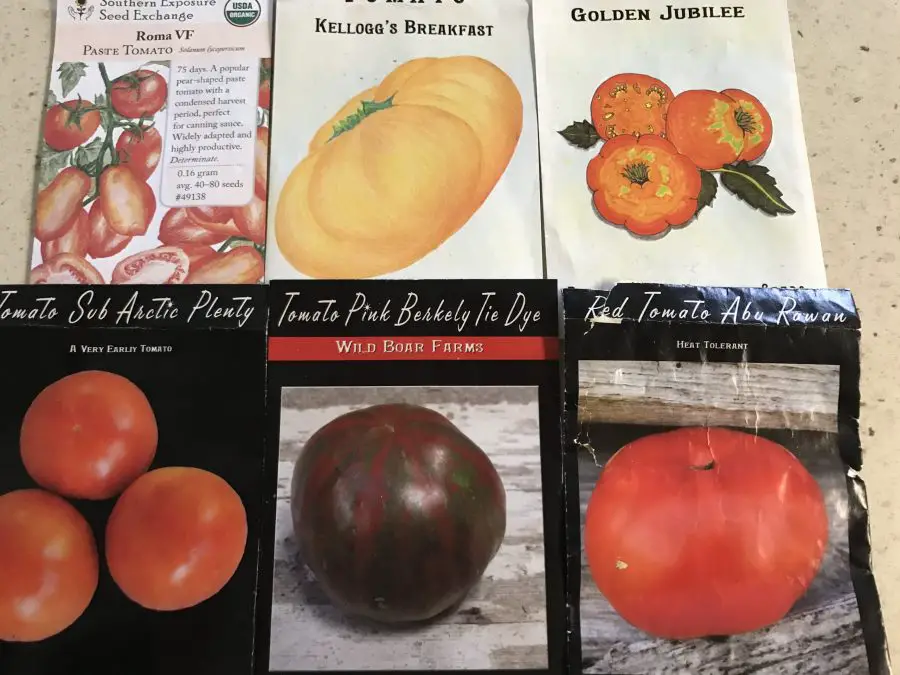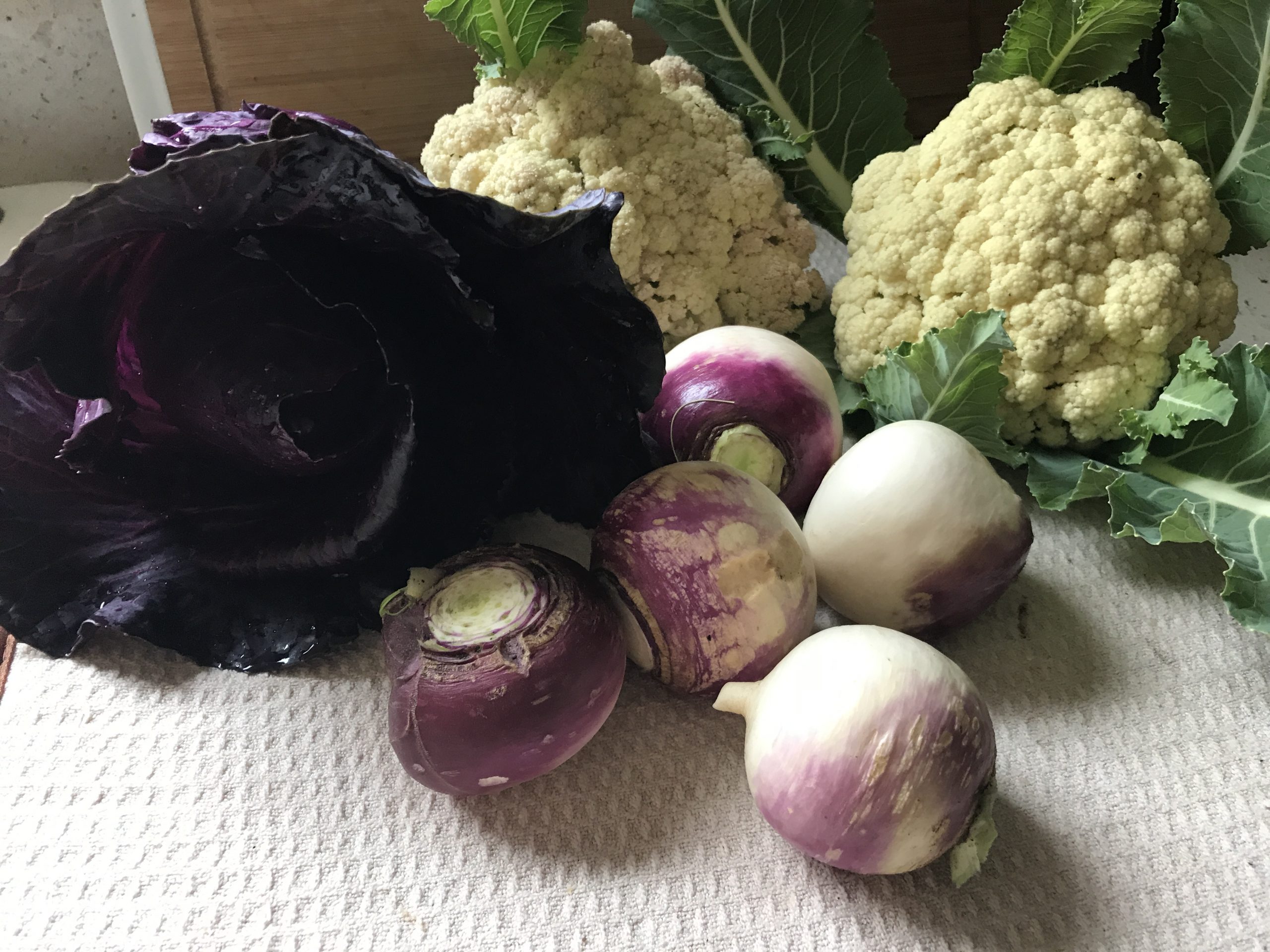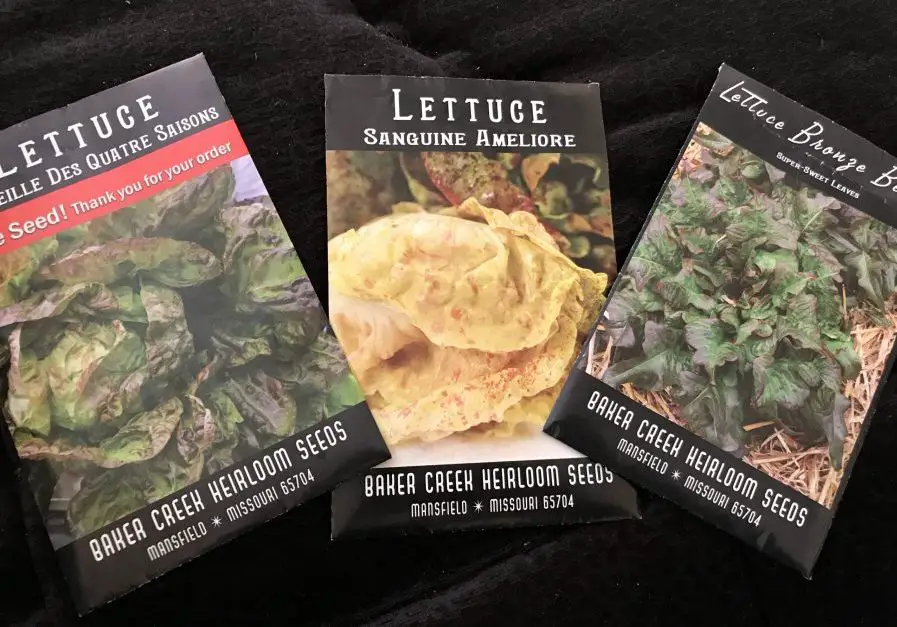Have you ever looked into a seed catalog or stood up in front of a seed rack feeling lost? If the answer is yes, you are not alone. Seed packets are an essential element in the gardener’s life. For some, they even become a collection item that’s worth displaying with pride.
While the picture may be the first thing to catch your eye, reading the details should be the deal-breaker. Unfortunately, there is no standard form for presenting the information. Each seed company has its way of showcasing the most enticing characteristic of the seed. Let’s go through the most useful ones to ease some of the confusion.
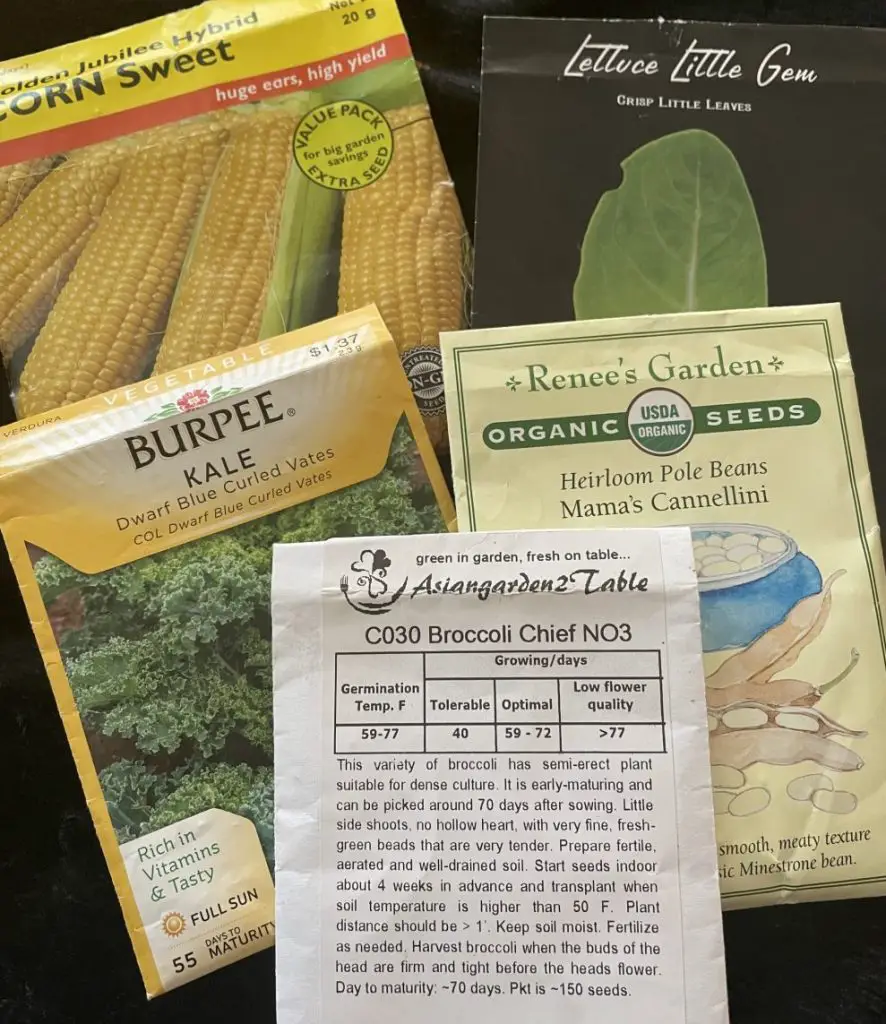
#1 The Headlines
By headlines, we are referring to the bold words on the packet. The first one that stands out is the company name. Unless you are a loyal customer, this name usually does not impact seed choice.
Next comes the product’s name, such as “Tomatoes,” “Peppers,” and so on. Under it, you may find what’s unique about it. The following are some of those criteria.
- Determinate vs. indeterminate: This one applies to tomatoes. Indeterminate means it is a vining variety, which is well-suited for extensive gardens. Determinate varieties are better for small gardens.
- Hybrid vs. heirloom vs. open-pollinated: These terms determine the genetics of the seed. Hybridized varieties tend to be disease-resistant and more productive. Heirloom and open-pollinated are true to their parent plant and are also more susceptible to pests and diseases. Gardeners who wish to save seeds may opt for the latter. Those who focus on production prefer hybrid varieties. All these varieties are indeed Non-GMO.
- Bush vs. pole: This one applies to green beans, peas, and sometimes cucumbers. Bush varieties take up much ground space, while pole varieties use aerial space.
#2 Days to germinate
Germination time is essential to know when starting seeds. It determines the range of days it takes the seed to break dormancy. First, this helps with calculating the date to start the seeds. Second, if no sprouts show up, you can decide if it is a failure.
#3 Germination requirements
This information is usually included in the growing notes.
- Light vs. Dark: A few varieties need a period of darkness to germinate, so exposing them to light may hinder it. Other types do need light to break dormancy. So, covering them with soil may not be a good idea.
- Temperature: It is important to know the temperature requirements for germination. For example, carrots won’t germinate in temperatures above 75F(25C). Pepper seeds, on the other hand, need warmer temperatures to germinate.
- Stratification: This is the process of pre-treating seeds by imitating nature to stimulate germination. Not all seeds need a pre-treatment, so you might not find this information on every packet.
( There is more on how to start seeds here)
#4 Days to maturity
Days to maturity determine the number of days from transplanting to harvest. It does not include the days it takes to germinate. This number varies from 28 days for radishes to 9 months for garlic. Knowing this number helps with setting up the proper planting schedule.
If the growing season is starting, you have plenty of time to sow the seed. However, if the end of the season is approaching, the crop may not have enough time to reach maturity.
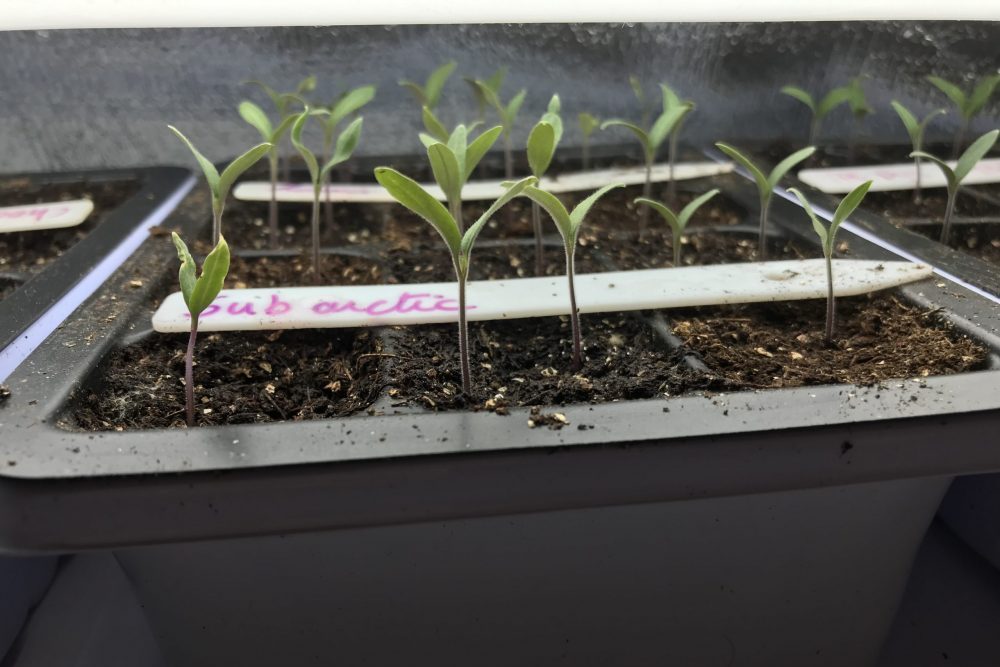
#5 When to start the seeds?
The first and the last frost dates are references to starting seeds, as is the zone’s climate.
Zones with a mild climate have warmer winters and long hot summers, giving them a long-growing season. On the other hand, cold climate zones have long frigid winters and short warm summers.
#6 The right growing season
The growing season is included in the instructions or displayed on a color-coded map. The latter also indicates the growing zones, which are essential to know.
#7 Special characteristics
Each garden has challenges, and finding the suitable varieties to overcome them saves the gardeners a lot of hard work. Some of the criteria to look for in a seed packet in this regard are:
- Heat-tolerant: This concerns southern gardeners who risk losing their harvest due to the heat. Certain warm-season crops may stop production under high temperatures. Cool-season crops tend to bolt or develop bitterness for the same reason. Having a variety that tolerates temperature fluctuations can increase yield significantly.
- Slow-bolting: In the same context, this is another term indicating the variety’s tolerance to heat. Most of the time, it applies to cool-season crops.
- Disease or pest resistance: If your region suffers from a particular disease or pest, you may opt for resistant varieties. Most likely, it would be a hybrid variety.
- Flavor: Sometimes, we get an excellent productive variety, but the taste is disappointing.
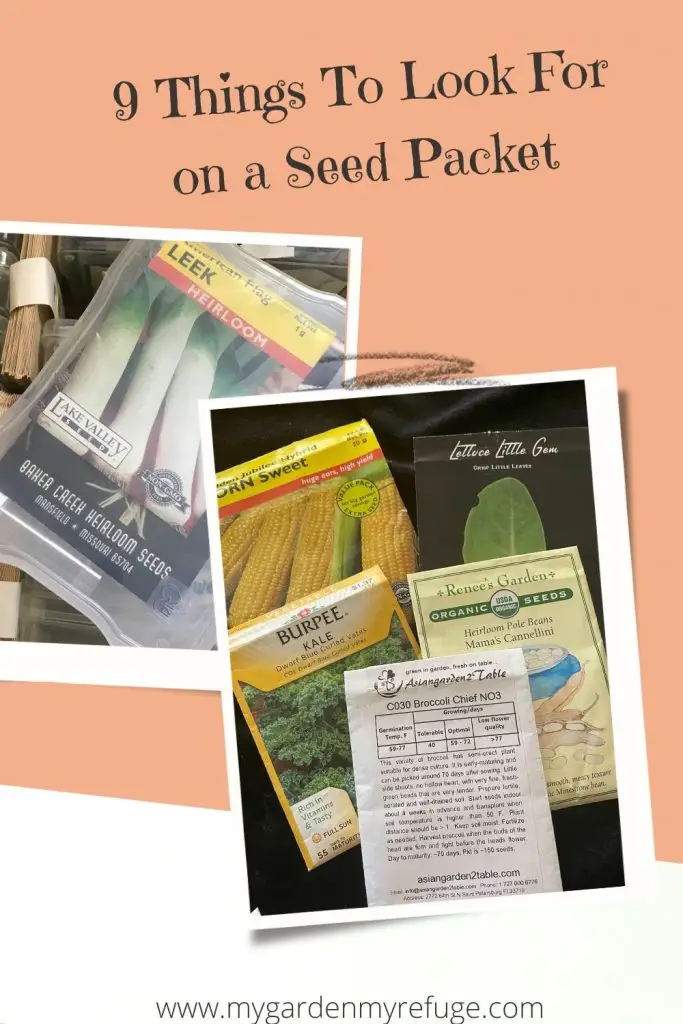
#8 Size
For home gardeners with limited space, the plant’s mature size is critical. I prefer compact varieties that do not take a lot of growing space. Cabbage, Cauliflower, and broccoli usually occupy a lot of space. Fortunately, compact types can fit in small or container gardens.
You may also be picky about the size of the fruit. Some gardeners want big fruit sizes to brag about; others look bigger harvest. Keep in mind that the bigger the fruit, the longer it takes to ripen and the less yield. If you want a faster or more generous crop, you may opt for smaller varieties.
#9 Space
Very much related to size, spacing is another element to look for on a seed packet. Again, it goes back to the size of the garden you have. If the plant requires more space than you can provide, better look for another variety. You might also offer more space than necessary, causing you to have so much wasted space.
